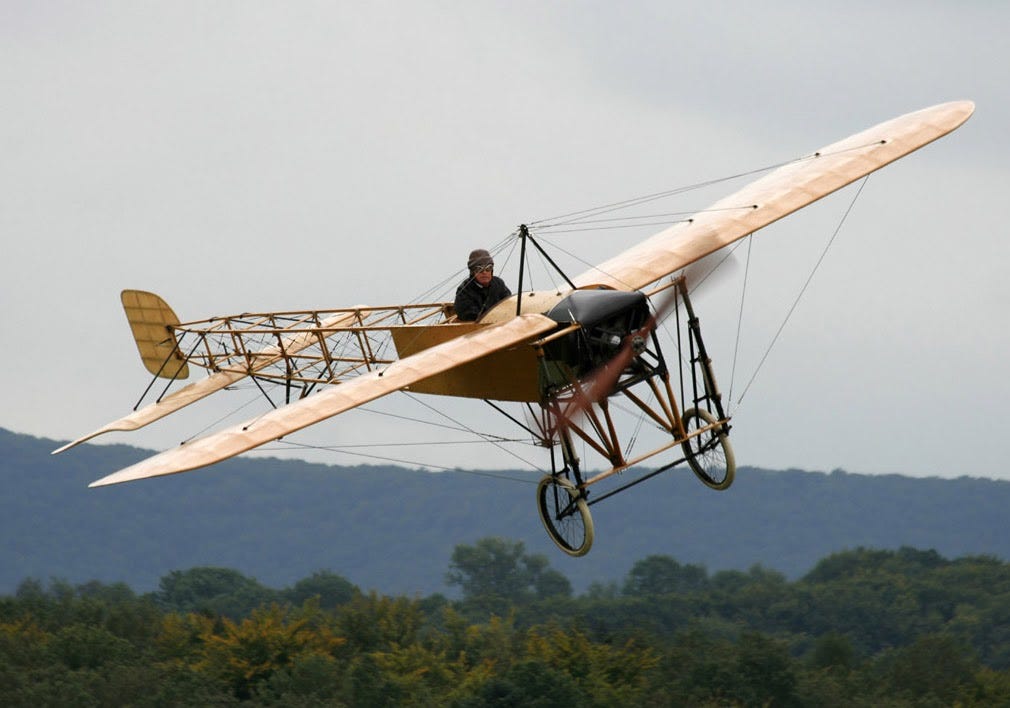Wireless War on the Western Front
Radio and the deadlock of 1914
According to historian Holger Herwig, airplanes like the one above were solely responsible for the French victory on the Marne in 1914, halting the German juggernaut short of Paris. My skepticism is based on the planes themselves. Early aircraft like that one picture above had less horsepower than your average lawn mower, and about the same size of gas …
Keep reading with a 7-day free trial
Subscribe to Polemology Positions to keep reading this post and get 7 days of free access to the full post archives.


